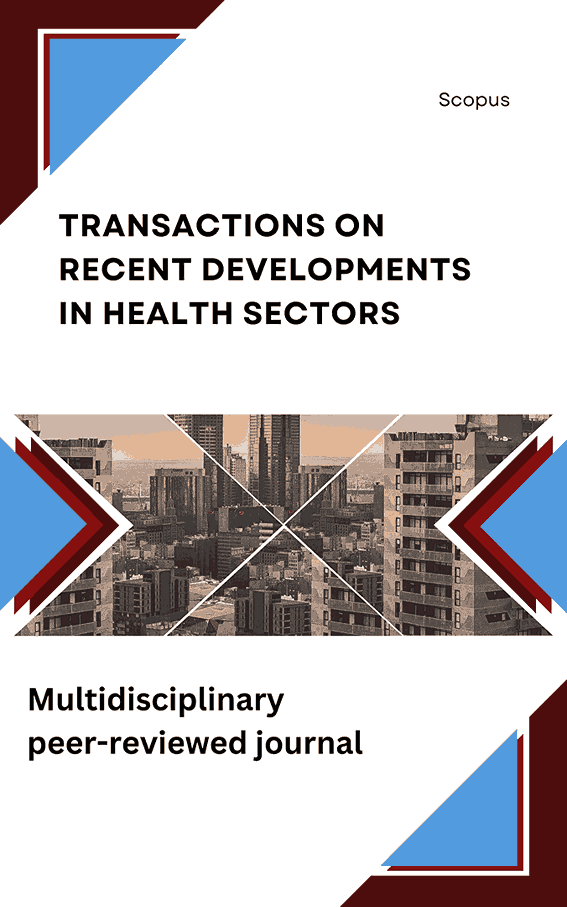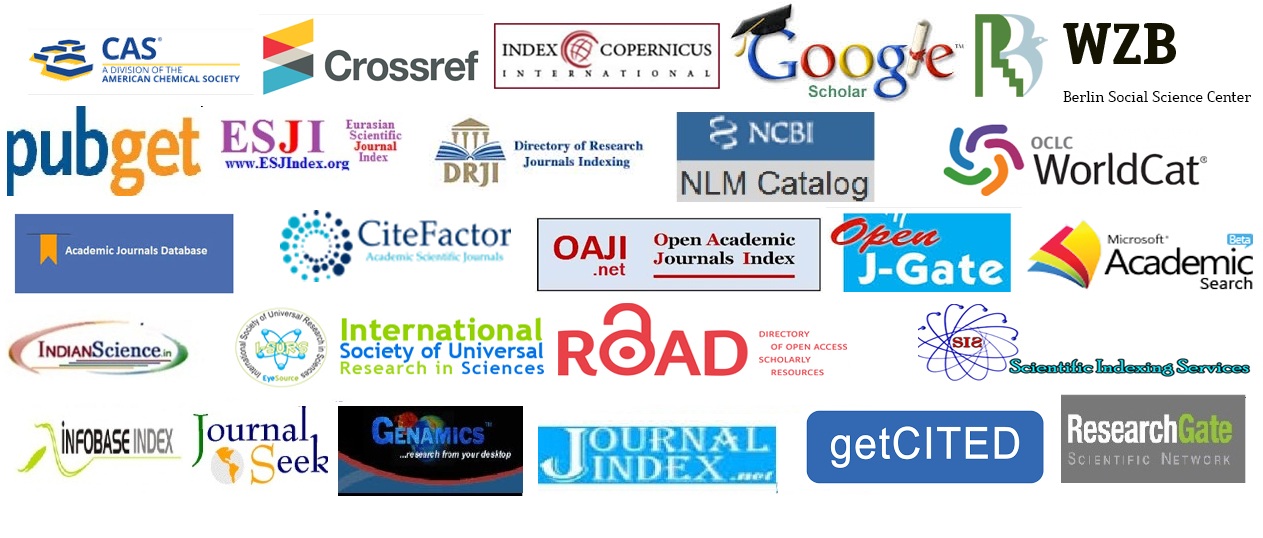Sentiment Analysis for Crisis Management Using Social Media Data
Abstract
Social media platforms are valuable sources of real-time information during crises, such as natural disasters and pandemics. This paper explores the use of sentiment analysis to extract actionable insights from social media data for crisis management. A deep learning-based Natural Language Processing (NLP) model is developed to analyze tweets and posts, categorizing them by sentiment and urgency. The system is tested on datasets from recent global crises, demonstrating high accuracy in identifying critical information. The findings highlight the utility of sentiment analysis in enhancing situational awareness and informing decision-making in crisis response efforts.
References
Raghunath, V., Kunkulagunta, M., & Nadella, G. S. (2021). Leveraging Cloud Computing for Efficient Data Processing in SAP Enterprise Solutions. International Journal of Machine Learning for Sustainable Development, 3(4).
Raghunath, V., Kunkulagunta, M., & Nadella, G. S. (2021). Machine Learning in SAP Workflows: A Study of Predictive Analytics and Automation. Transactions on Latest Trends in Artificial Intelligence, 2(2).
Raghunath, V., Kunkulagunta, M., & Nadella, G. S. (2021). Machine Learning Models for Optimizing SAP-Based Data Processing in Cloud Environments. International Journal of Sustainable Development in Computing Science, 3(3).
Ranjan, P., & Dahiya, S. (2021). Advanced threat detection in api security: Leveraging machine learning algorithms. International Journal of Communication Networks and Information Security, 13(1).
Dhaiya, S., Pandey, B. K., Adusumilli, S. B. K., & Avacharmal, R. (2021) Optimizing API Security in FinTech Through Genetic Algorithm based Machine Learning Model.
Raghunath, V., Kunkulagunta, M., & Nadella, G. S. (2023). AI-Driven Business Analytics Framework for Data Integration Across Hybrid Cloud Systems. Transactions on Latest Trends in Artificial Intelligence, 4(4).
Raghunath, V., Kunkulagunta, M., & Nadella, G. S. (2023). Integrating AI and Cloud Computing for Scalable Business Analytics in Enterprise Systems. International Journal of Sustainable Development in Computing Science, 5(3).
Raghunath, V., Kunkulagunta, M., & Nadella, G. S. (2023). Enhancing Data Integration Using AI and ML Techniques for Real-Time Analytics. International Journal of Machine Learning for Sustainable Development, 5(3).
Bengio, Y., Courville, A., & Vincent, P. (2013). Representation learning: A review and new perspectives. IEEE Transactions on Pattern Analysis and Machine Intelligence, 35(8), 1798-1828.
Brown, T., Mann, B., Ryder, N., Subbiah, M., Kaplan, J., Dhariwal, P., ... & Amodei, D. (2020). Language models are few-shot learners. Advances in Neural Information Processing Systems, 33, 1877-1901.
Goodfellow, I., Bengio, Y., & Courville, A. (2016). Deep learning. MIT Press.
He, K., Zhang, X., Ren, S., & Sun, J. (2016). Deep residual learning for image recognition. In Proceedings of the IEEE Conference on Computer Vision and Pattern Recognition (pp. 770-778).
Hinton, G. E., Osindero, S., & Teh, Y. W. (2006). A fast learning algorithm for deep belief nets. Neural Computation, 18(7), 1527-1554.
Hochreiter, S., & Schmidhuber, J. (1997). Long short-term memory. Neural Computation, 9(8), 1735-1780.
Kingma, D. P., & Ba, J. (2015). Adam: A method for stochastic optimization. In 3rd International Conference on Learning Representations (ICLR) (pp. 1-15).
Krizhevsky, A., Sutskever, I., & Hinton, G. E. (2012). ImageNet classification with deep convolutional neural networks. In Advances in Neural Information Processing Systems (pp. 1097-1105).
LeCun, Y., Bengio, Y., & Hinton, G. (2015). Deep learning. Nature, 521(7553), 436-444.
Mikolov, T., Chen, K., Corrado, G., & Dean, J. (2013). Efficient estimation of word representations in vector space. In Proceedings of the International Conference on Learning Representations (ICLR).
Murphy, K. P. (2012). Machine learning: A probabilistic perspective. MIT Press.






